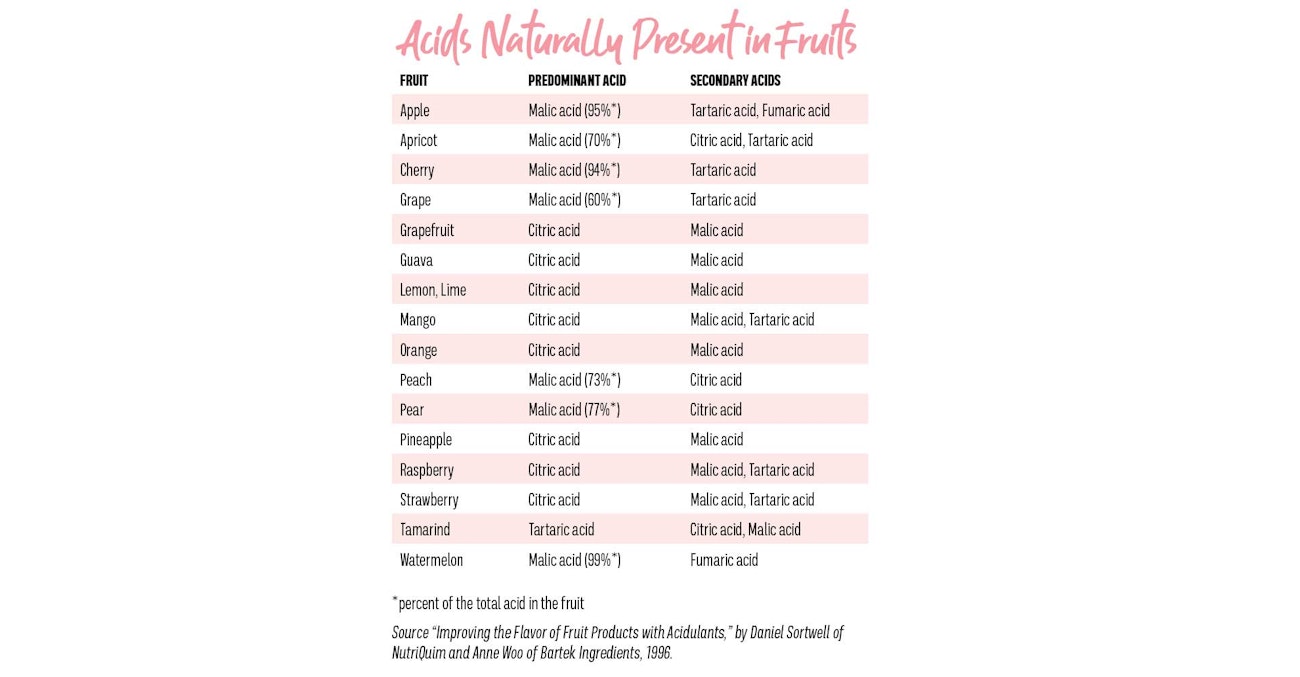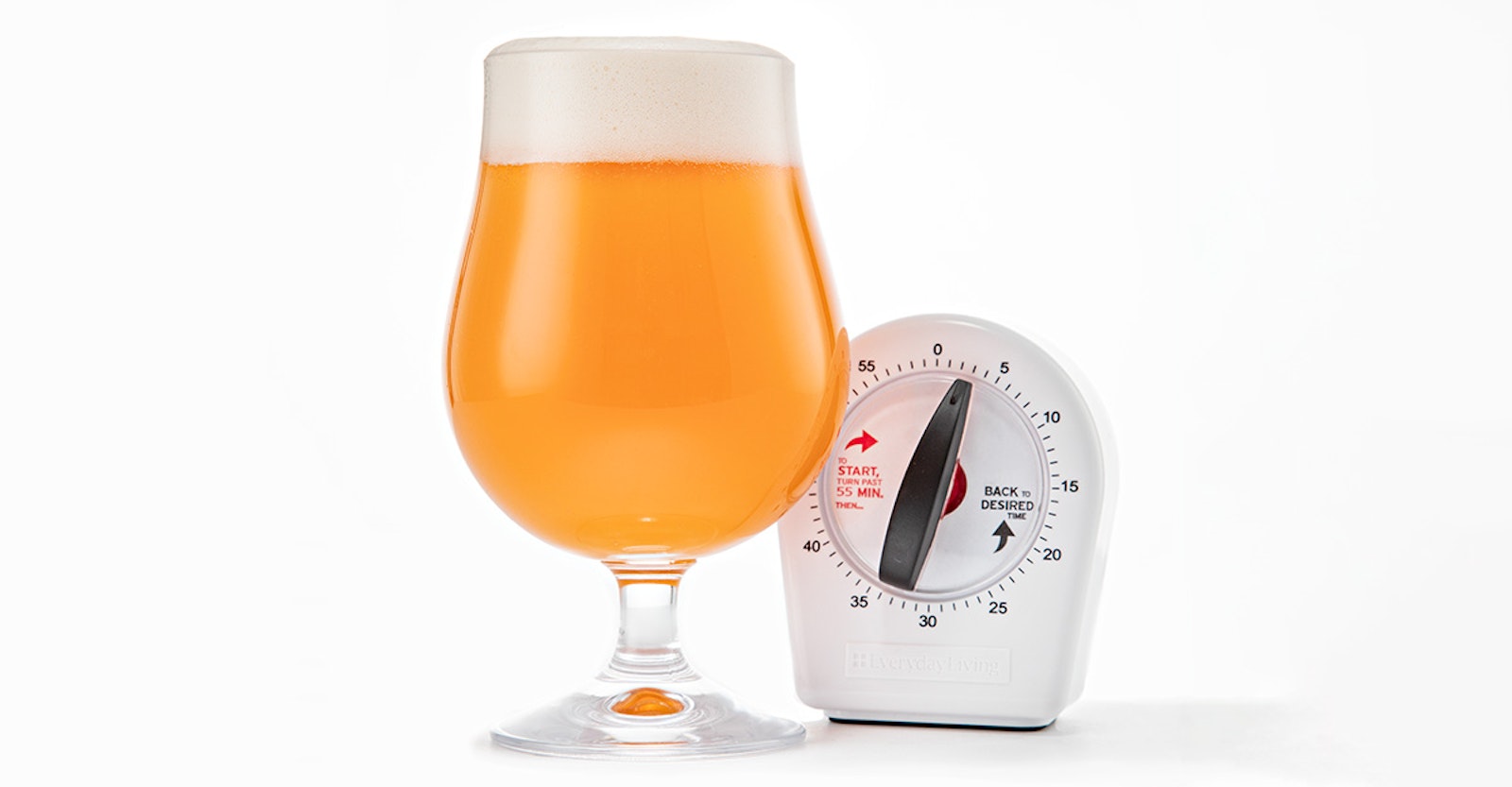I remember my earliest days of homebrewing, when—although I had only a handful of all-grain batches under my belt—I really wanted to make a sour beer. At first, it looked like a daunting process that would require years of time to invest in an unknown outcome. Then I found a recipe in a magazine for a quick version of a sour red ale that called for food-grade lactic acid and cherries. While I was excited to taste the finished beer, the results were nothing like the Rodenbach I wanted to emulate.
Plainly, our understanding of acids and quick-souring techniques has evolved considerably since then. Today, we have many ways to employ acidity to craft great beers.
Acid Additions
Although my first experience with adding lactic acid to a beer was rather one-dimensional, innovative brewers are successfully using acid additions to tweak the flavor profiles of their beers. The key here is restraint. It also helps to use a blend of different acids, so that the additions aren’t identifiable but blend into the overall flavor profile. Also, you can tailor the blend to any added fruit to further boost its flavor impact. (Here’s a chart of acids naturally found in various fruits, to help inform possible blends.)


